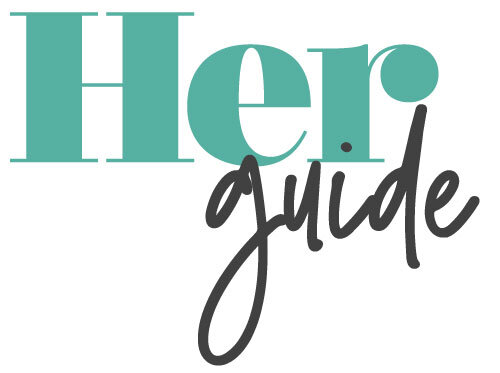Do Together: Construct your family history
In early May, the creator of The 1619 Project, Nikole Hannah-Jones, was awarded the 2020 Pulitzer Prize for Commentary. The New York Times Magazine’s interactive project explores the legacy of slavery in the United States to coincide with the 400th anniversary of the arrival of the first enslaved Africans in 1619.
Daguerreotype of Rhoda Phillips, circa 1850. Photograph by Erica Deeman for The New York Times. From the Smithsonian’s National Museum of African American History and Culture. (courtesy of Pulitzer Center)
To further the conversation, The 1619 Project partnered with Pulitzer Center to develop a series of lessons and activities for students. One of these lessons is to construct your family history.
Children who know the stories of their families and ancestors show higher levels of emotional well-being and develop a stronger sense of self, according to a study at Emory University. “Family stories provide a sense of identity through time, and help children understand who they are in the world,” the researchers said in the paper Do You Know? The power of family history in adolescent identity and well-being.
This month, take time to construct your family history together. Pulitzer Center offers two approaches – oral or imagined. While originally intended for the classroom, the lesson can easily be done and shared at home.
Constructing Your Family History: Oral or Imagined History
Lesson republished with permission from Pulitzer Center
In Nikole Hannah-Jones’ “The Idea of America,” she describes having to point out the flag of the country of her ancestors during an in-class assignment. She writes, “Slavery had erased any connection we had to an African country, and even if we tried to claim the whole continent, there was no ‘African’ flag.”
Many black Americans face obstacles in tracing genealogy because of the violent uprooting and dehumanizing record-keeping associated with slavery. The 1619 Project traces how our national history was formed, but what about your personal history? How might you trace—and in some cases, imagine—your family history?
Option 1: Oral History
Begin your investigation through oral history: Talk to family members, such as parents, grandparents, and cousins, to find out as much as you can about your family history, going back as many generations as possible. Create a visual presentation to share this with your class, answering the following questions to the fullest extent possible:
What is your family’s history of movement and migration? What other countries, cities, and towns did your ancestors live in?
Who were important members of your family in past generations?
After comparing your classmates’ presentations, discuss: How might the process of constructing your family history be different from that of your classmates, and why?
Learn more about using oral history here.
Option 2: Imagined Ancestry
An ancestor can be a person from whom you biologically descend, but they can also be a person “from whom mental, artistic, spiritual, etc., descent is claimed.” From whom do you claim descent? Create a family tree poster, but instead of populating it with your blood relatives, populate it with your inspirations. Who are your intellectual, artistic, or spiritual parents, siblings, cousins, grandparents? Be creative; include at least 10 people in your imagined family tree, and explain why you are claiming them.
In addition to the above activity, the Emory researchers who found that children benefit from knowing family stories also developed a series of 20 questions to use as a starting point for sharing family stories – questions such as “Do you know which person in your family you look most like?” and “Do you know the source of your name?”
Please consider sharing your Do Together projects on our Facebook page and tagging Pulitzer Center.
Her Guide editor’s note: The 1619 Project has raised questions from some historians; the The New York Times stands by their work. In the interest of transparency, we share the letter from the historians as well as the response from the paper’s editor-in-chief.

